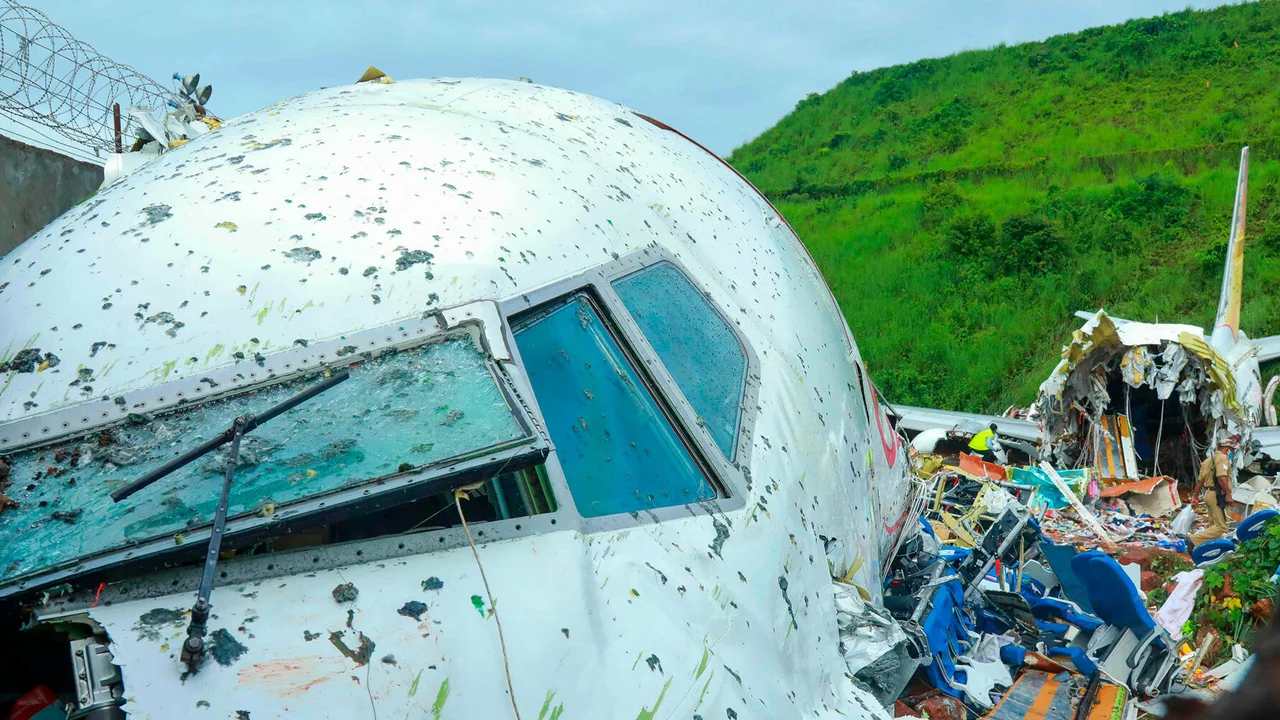Plane Crashes: What’s Happening and How to Stay Safe
Plane crashes grab headlines for a reason – they’re dramatic and scary. But most of the time, they’re preventable. Knowing the basics can help you feel less nervous the next time you board a flight.
First, let’s look at what’s been in the news lately. This year we've seen a few high‑profile incidents: a regional jet in South Asia clipped a mountain in bad weather, a cargo plane in Europe suffered a runway overrun, and a passenger aircraft in the Middle East had an emergency landing after a hydraulic failure. Each case sparked investigations, and the findings usually point to a mix of human error, mechanical issues, and weather conditions.
Common Causes Behind Plane Crashes
Most accidents boil down to three big buckets.
1. Weather. Bad visibility, strong winds, or unexpected gusts can push a plane off its intended path. Pilots rely on instruments, but severe storms still pose a real risk, especially during take‑off and landing.
2. Mechanical Failure. Engines, brakes, or hydraulic systems can malfunction. Modern aircraft have multiple backups, but a serious fault on a critical component can still lead to an incident.
3. Human Error. Miscommunication, fatigue, or misreading data can create a cascade of mistakes. Airlines train crews to handle these, but the occasional slip happens.
When you hear “pilot error,” remember it’s often a combination of factors, not just a single mistake.
Practical Safety Tips for Travelers
Knowing the risks is one thing, but you can also do a few simple things to boost your safety.
Check the airline’s safety record. Websites like the Aviation Safety Network publish incident histories. A quick glance can reassure you about an airline’s performance.
Pay attention to the pre‑flight safety briefing. It may feel repetitive, but the seat‑belt signs and emergency exit locations are vital if something goes wrong.
Choose seats near exits if you’re comfortable with it. In an evacuation, a few extra seconds can matter.
Stay informed about weather at your destination. Severe storms can cause delays, but they also affect landing conditions.
Don’t skip the health check. If you feel unwell, let the crew know. Even a simple headache can become more serious at high altitude.
Lastly, keep your travel documents handy and follow crew instructions without hesitation. Flight crews train for emergencies daily, and they know the best ways to keep you safe.
Plane crashes are rare compared to the millions of safe flights that happen every year. Understanding why they happen and what you can do makes the risk feel a lot smaller. Keep an eye on reliable news sources, know the basics, and enjoy the journey with confidence.

Why India Air Force had the most numbers of planes crashing?
In my recent blog post, I delved into the somewhat alarming frequency of plane crashes in the Indian Air Force. This issue can be attributed to several factors such as aging aircraft, insufficient maintenance, and inadequate training of pilots. The continued use of obsolete models like the MiG-21, which has been phased out globally, is a major concern. Furthermore, the severe budget constraints limit the Air Force's ability to carry out necessary upgrades and replacements. In essence, it's a complex issue that intertwines economics, politics, and safety regulations.